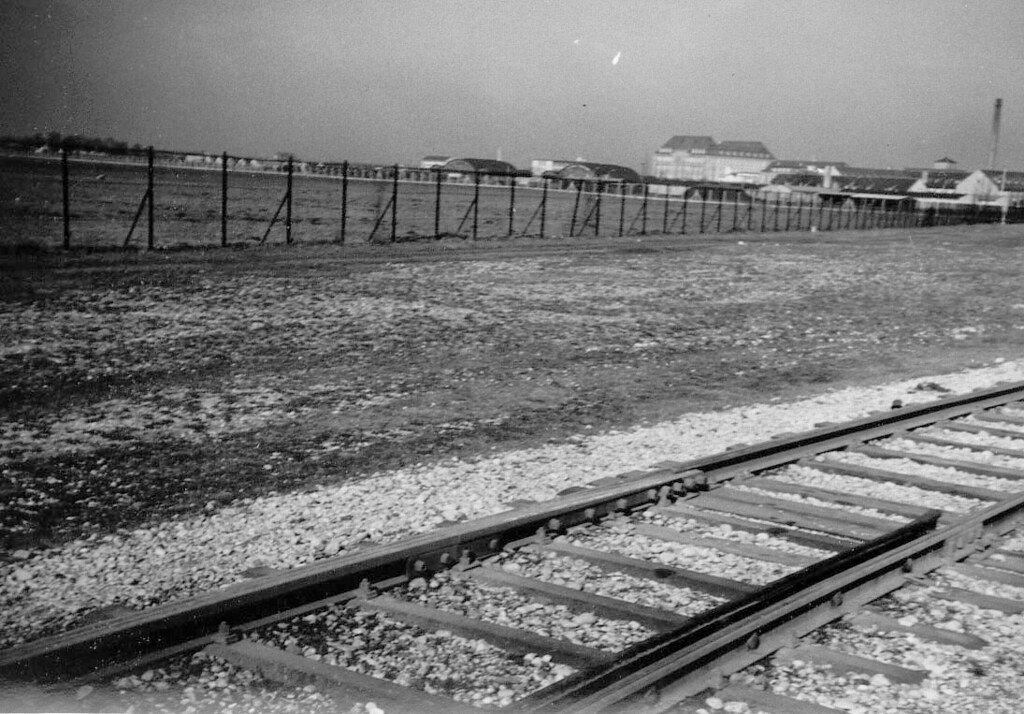 Oberwiesenfeld
Oberwiesenfeld
Validation date: 28 02 2011
Updated on: 25 02 2017
Views: 6740
See on the interactive map:
48°10'14"N 011°33'05"E
Flying field (grass)
Airfield Oberwiesenfeld (german: Flugplatz Oberwiesenfeld or Fliegerhorst Oberwiesenfeld, also known as "R-93 Holzkirchen/Marschall airfield") was an airfield just north of München in Bavaria, Germany.
As early as the late 19th century the Oberwiesenfeld was used as a landing area for balloons and airships, both militar and civilian. From 1909 onwards the field was also used as an airfield for the rising number of aircraft from 1909.
On 1 January 1912 the field served as the founding place for the Royal Bavarian Flying Corps (german: Königlich Bayerische Fliegertruppe). The unit moved out to Oberschleißheim 3 months later, however, because the field was also used as an exercise field for the Bavarian Cavalry, risking that military exercises and aircraft movements could occur at the same time. This was not resolved until 1925, when a permanent runway was constructed. The runway became necessary because in 1920 passenger traffic began in earnest with flying services to Augsburg and Berlin. A year later a service to Constance was added.
Airship LZ124 at Oberwiesenfeld in 1924 (Wikipedia.org).
In 1927 the City of Munich proposed to upgrade the airfield to primary airport. North of the Nymphenburg-Biedensteiner Canal was to become the airport, south of it was to remain the military exercise area. The first wooden buildings were built for the handling of passengers and freight in 1929, soon followed by a hangar.
With the construction of a flight handling building the airport became a full airport in 1931. The following year it handled 16,000 passengers. It remained in use as the Munich municipal airport until 1938, after which it was relieved by the newer and much larger Flughaven München-Riem.
In its final year as an airport, it handled nearly 50,000 passengers. Amongst them in 1938 were Neville Chamberlain and Edouard Daladier, who tried to negotiate a peace with Adolf Hitler. It remained in use as an airfield throughout the war though.
Prime Minister Neville Chamberlain (centre) leaves for home after meeting with Adolf Hitler at Berchtesgaden, 16 September 1938. German Foreign Minister Joachim von Ribbentrop visible at right (Bundesarchiv, via Wikipedia.org).
Between 1945 and 1957 the airfield was used by the US Army. Civilian flying continued, co-using the airfield, and later taking over completely. At the same time the airfield buildings were used by radio stations like Radio Liberty. Parts of the airfield were used for trade fairs of construction companies between 1954 and 1966, after which they moved to the new Munich Messe.
All flying ended in 1968. The former airfield grounds became neccesary for the constrution of the radio tower and the Munich Olympic village, which had to be finished by 1972.
1964 photo of the airfield, taken from the railroad that still connected to the airfield (Flickr)
Construction of the radio tower needed for the 1972 Olympics.
Overview of the Olympic Parc in 2007 (Google Earth).
Today the airfield is completely gone. The Munich Olympic Parc and Olympic Stadium have completely taken over the area.